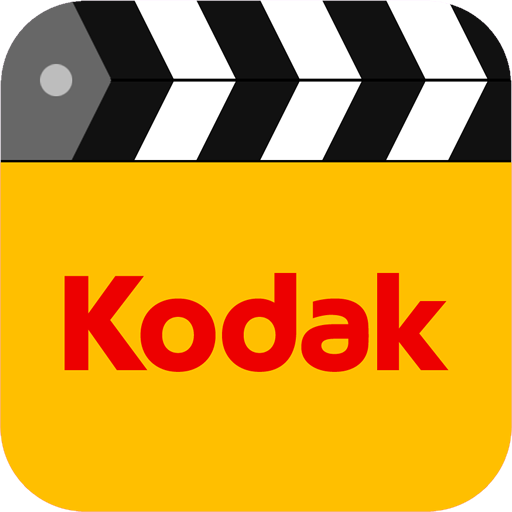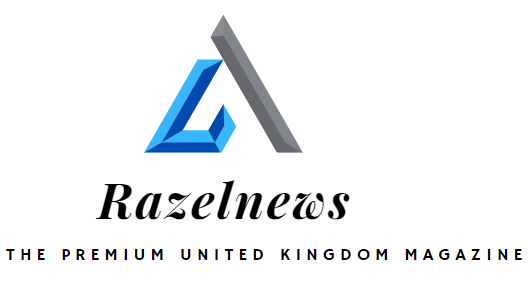History of Kodak

Founded in 1851 in Rochester, New York, the Eastman Kodak Company produces a variety of products. The company is incorporated in New Jersey, and its headquarters are located in Rochester, New York.
History
Throughout its history, Kodak has been focused on capturing images. In 1888, George Eastman put the first Kodak camera on the market. It revolutionized amateur photography. This was designed for the everyday person. It produced 2 1/4-inch by 3 1/4-inch negatives.
In 1889, Kodak introduced the first commercially available transparent roll film. It was developed by George Eastman and his research chemist. It was a simple design that was perfected by Eastman.
Kodak also developed the first commercially practical safety film. This film was made from cellulose acetate instead of cellulose nitrate, and it was coated on wet plates instead of on long tables. This made the process easier and more convenient.
Kodak also developed the first roll film specifically coated for motion picture use. It was a practical alternative to the film used by Thomas Edison in his early camera. This enabled amateur cinematographers to shoot motion pictures in color.
In 1907, Kodak’s employment reached 5,000. Its worldwide employment reached 20,000 in 1927. In 1981, the company’s sales reached $10 billion.
The company became involved in antitrust lawsuits filed by smaller photography companies. Kodak was also a leader in digital imaging technology. In 1982, Kodak launched its first pocket digital camera. It featured a resolution of 10,000 pixels.
Kodak also introduced the first megapixel sensor. It used a 1.4 micron, 5 megapixel sensor. This sensor was used on the space shuttle Discovery. It was also used in the Mars Rover.
Kodak’s image sensor also allowed the NASA Mars Rover to see. The company’s scientists also introduced coumarin tetramethyl laser dyes, which are used in OLED devices. It also introduced a new dry lab solution for retailers. This system allows retailers to produce photo cards, custom photo items, and photo books.
Business model
During Kodak’s glory days, the company ruled the world of technological disruption. It made cameras easy to use and sold them at affordable prices. It also manufactured films and chemicals for processing them.
The company had a strong brand, a large consumer base, and an excellent reputation. It ranked first in digital camera sales by 2005. In 2007, Kodak released a video that acknowledged the company’s story had not changed much over the previous decade. The company is trying to reclaim its magic with its ‘Moments’ campaign.
In the early 1980s, innovations in digital technology triggered a sea change in the imaging industry. Digital photography became affordable enough to be used by the mass market. The company’s linear thinking lacked the elasticity to respond to the new reality.
Kodak’s business model of the day was to sell cameras at affordable prices, and provide consumables at a high profit margin. This was also concerned about the challenges of linking computer technology to image technology.
It had a huge patent portfolio and a strong consumer base. It also had antibodies against anything that would compete with its film business. This also had an ecosystem of photofinishing partners. It sold prints through a network of retailers. The company also introduced point-and-shoot cameras and digital cameras.
Kodak’s business model was put to the test when smartphone photography became commonplace. The company launched an app that allows users to upload photos from their phones. Eventually, it realized that a smartphone’s camera could be used as a replacement for a traditional camera.
Ultimately, the company failed to capitalize on its enormous opportunity. It also made some bad business decisions. It did not fully capitalize on its brand power and failed to recognize the dangers of its linear model.
Snapshot photography
Originally a derogatory term, the term “snapshot” gained a new meaning in photography. It refers to a photo that shows something in its true form. It was also the name of a new Kodak camera.
The Kodak camera was a popular one among photographers and enthusiasts. It was invented by George Eastman and his partner Frank A. Brownell. It was first introduced in 1900. It was a cheap $1 camera that allowed people to take photographs of everyday life. This came with a pre-loaded 100-exposure roll of film.
The camera also featured an unusual framing scheme. Instead of a traditional rectangle, it was a circular 2.5 inch wide image. This made it possible to avoid holding the camera too straight and to compensate for poor image quality at the corners.
This same idea was used by amateur photographers to produce colorized photographs. It also influenced the design of modern cameras.
The newest model, the Kodak Instamatic, made flash photography more accessible. The camera eliminated the handling of hot bulbs and contained the film in an enclosed plastic cartridge.
It also included automated settings. These settings helped consumers achieve technologically balanced quality in snapshots.
Another feature was the ability to capture images in real time. This allowed people to take photos of their everyday lives, as well as record special events. These images were enlarged and cropped during printing.
Despite the hype, the Kodak camera was never as popular as a cheaper system with negative film rolls. This was due to the fact that amateur photographers would hand-tint their photographs. This was not a good look.
The invention of the camera made photography more accessible, and it encouraged people to view the world through the eyes of the camera. This in turn led to new photographic conventions and aesthetics.
Chemical engineering capabilities
Despite being in the business of film and paper for decades, Kodak is now looking to use its chemical engineering capabilities in its Advanced Materials and Chemicals business. The company has invested in new facilities in Rochester, N.Y., and will produce 25 percent of the active ingredients in the pharmaceutical industry.
As part of its Advanced Materials & Chemicals business, Kodak is also making components for pharmaceuticals and other products. It has a variety of manufacturing capabilities in Rochester, including solid-liquid separation, distillation towers, and solvent recovery.
The company’s Rochester complex is located on a 1,200-acre site. It has 88 multipurpose reactors, a large solvent recovery section, and extensive solid-liquid separation capabilities.
Kodak has also developed a process for producing materials for batteries. The company’s “super cell” could improve the performance of electric vehicle batteries. Kodak also manufactures coatings for fabrics, and transparent antennas for automotive use.
Kodak is working with Novomer on the development of polymers based on carbon dioxide. The company has also worked with Kodak on the synthesis of catalysts.
Kodak has long used statistical tools to design security cameras and operate its processes. Its process verification software generates control charts and process capability indices for real-time tracking of key quality parameters.
Kodak Specialty Chemicals’ team has extensive analytical instrumentation capabilities, giving the company a competitive edge in meeting quality specifications. They also use lean methodologies to optimize supply chain efficiency.
Kodak is an equal opportunity employer. The company also encourages employees to apply for jobs with sponsorship.
Kodak has a global network of suppliers and partners to address its clients’ custom manufacturing needs. The company’s Statistical Process System offers a secure online portal to monitor process steps in real time.
Employee data
Despite Kodak’s financial problems, it remains one of the largest employers in the United States. It’s also home to many patents and innovations in photography. Kodak has granted 100 shares of common stock to each employee in April 1998, and has made two stock option grants to non-management employees.
Kodak’s philosophy is to make shareholder value more directly tied to employee compensation. This is illustrated by a recent memo asking employees to provide information about former Kodak employees. It also cites the presence of pending litigation as an excuse. In addition to the memo, Kodak has made a few small improvements to the benefits package. The biggest change is that employees no longer receive pay during vacations. In addition, employees who leave the company before a certain deadline are eligible to receive a lump sum payment of six months’ pay.
The Kodak lone ol’ sexy employee benefits package includes a number of perks, ranging from free lunches to a discount on gym memberships. It’s also worth noting that the company offers a free year of credit monitoring services. In addition to the benefits package, Kodak offers employee benefits such as a 401(k) plan, medical benefits, and life insurance. It also offers a plethora of employee training and educational opportunities.
In addition to the most obvious of the lot, the company has also tapped the services of a third-party human resources consulting firm. This firm has been working with Kodak on employee benefit plans for years. In addition to the usual suspects, it has also been instrumental in developing the best practices for employee communications.
In short, despite Kodak’s financial woes, the company has shown an adroit ability to re-write the rules of the game for employees. While they are not without their shortcomings, Kodak has been able to emerge from bankruptcy in September and is poised to take on a more aggressive competitor.






